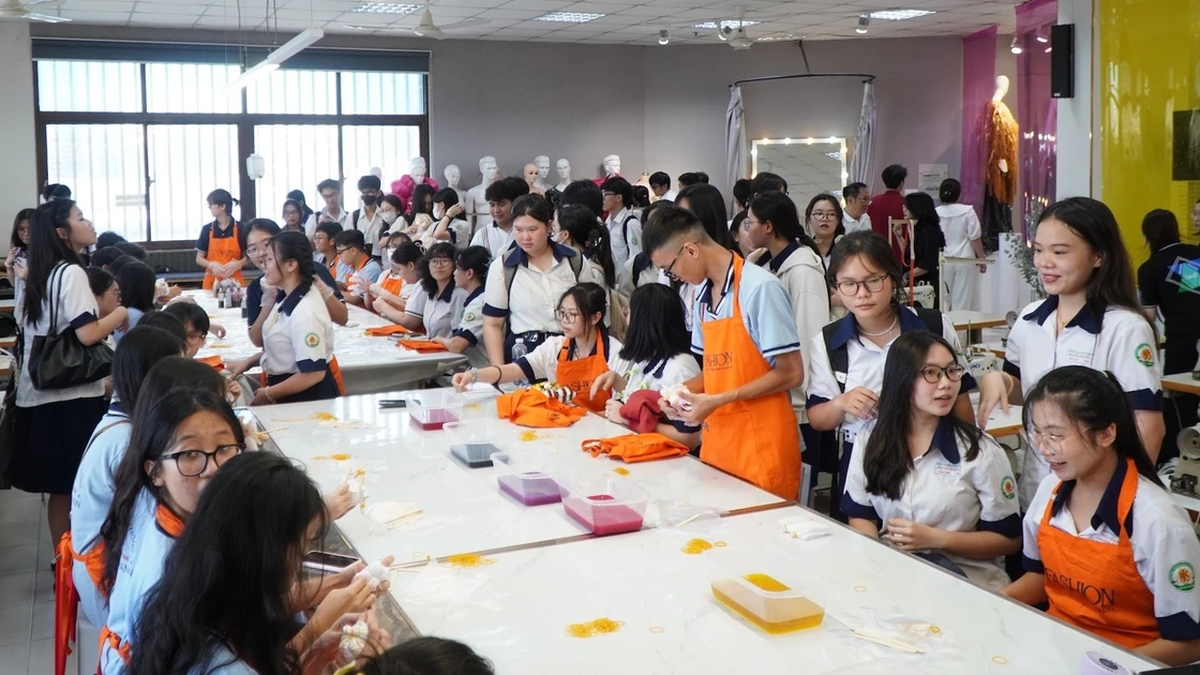According to a VNA correspondent in Cairo, on March 15, Egypt announced two important archaeological discoveries in Sohag province, in the Upper region of this North African country.
A team of Egyptian and American researchers has discovered a royal tomb from Egypt's Second Intermediate Period, at the Gebel Anubis cemetery in the city of Abydos in Sohag province.
This excavation project, carried out by the Supreme Council of Antiquities (SCA) and the University of Pennsylvania (USA), has helped provide important evidence about a little-known dynasty that ruled Upper Egypt from 1700 to 1600 BC, commonly known as the “Abydos Dynasty."
SCA Secretary General Mohamed Ismail Khaled said the discovery provides new evidence about royal tombs in Abydos and helps us better understand the political landscape of Egypt during the Second Intermediate Period.
Archaeologists believe the tomb may belong to a predecessor of Pharaoh Senebkay, whose tomb was discovered in Abydos in 2014.
The newly discovered tomb, located 7 metres underground, features a limestone burial chamber with mudbrick vaults that were originally up to 5 metres high. Wall inscriptions depict the goddesses Isis and Nephthys standing on either side of the entrance to the burial chamber.
Mr. Joseph Wegner, head of the excavation team, said that although the exact identity of the tomb's owner has not yet been determined, further studies are being conducted to clarify the exact date of the tomb.
Abydos has long been one of Egypt's most important burial and religious sites. The Gebel Anubis cemetery, where the tomb was found, is famous for its naturally occurring pyramid-shaped mountain, which inspired Pharaoh Senusret III (1874–1855 BC) to build his own unique, massive tomb beneath the mountain's summit.
Later, during the 13th Dynasty, the rulers and kings of the Abydos Dynasty continued this tradition, choosing to be buried deep in the desert near the mountain.
On the same day, March 15, an Egyptian archaeological delegation from the SCA discovered a Roman pottery workshop in the village of Banaweet, also in Sohag province.
The site is believed to have been one of the largest pottery production centres in the region, with kilns, large storage areas and 32 inscribed pottery sherds (ostraca) in Demotic and Greek.
These texts provide rare insights into ancient trade transactions and tax collection systems.
Head of the Central Antiquities Authority of Upper Egypt Mohamed Abdel-Badi revealed that there is evidence that the site was later converted to a burial site in the 7th century AD and likely remained in use until the 14th century AD.
Among the discoveries were mud-brick tombs, human remains and family graves, including the mummy of a child found sleeping wearing a multi-coloured woven cap and the skull of a woman in her 30s.
In addition, archaeologists have found plant remains, including wheat roots, barley seeds and palm fruits, which help shed light on the agricultural history of the area.
Egyptian Minister of Tourism and Antiquities Sherif Fathy praised these discoveries as having important significance in promoting tourism and preserving Egypt's rich cultural heritage values./.
Source: https://www.vietnamplus.vn/kham-pha-ngoi-mo-hoang-gia-thuoc-vuong-trieu-abydos-cua-ai-cap-post1020799.vnp



































































































Comment (0)